Calcium is the most abundant mineral in the body and is necessary to support the smooth functioning of the body. It also helps in development of bones and muscles. Hence, while pregnant one must pay attention towards regular intake of calcium.
Infographic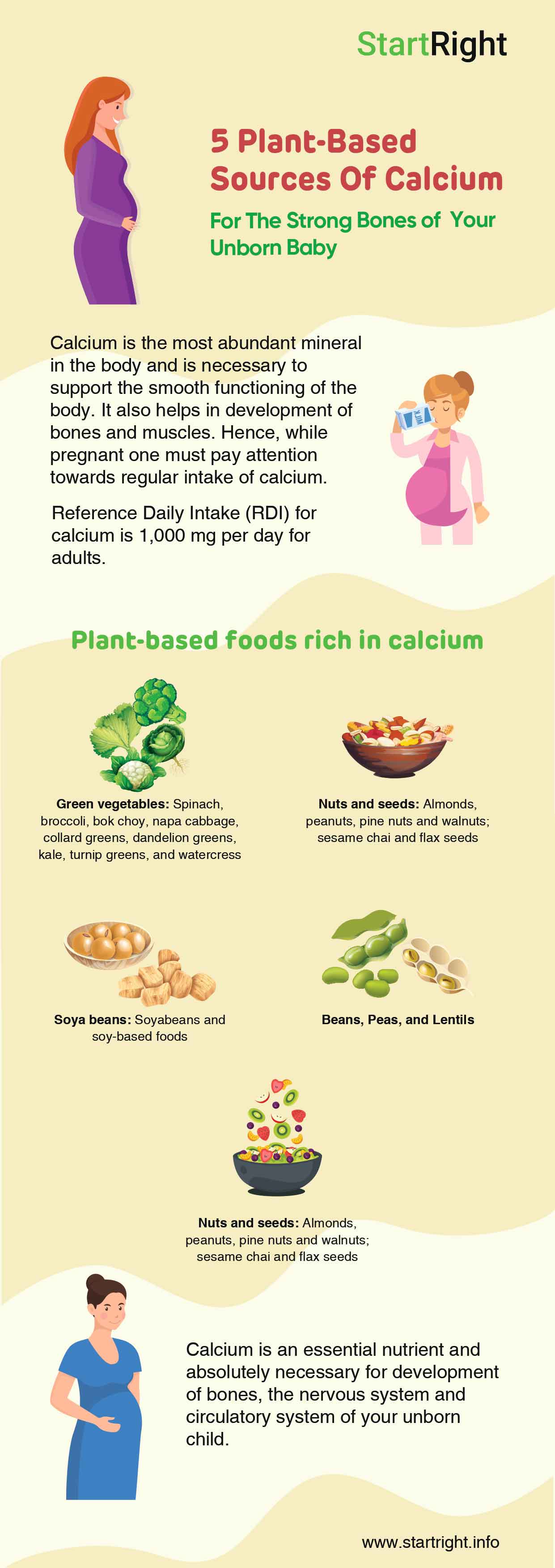 Click Here | Pregnant women on plant-based diet, do not consume dairy products, hence you need to be aware of all plant-based foods which can replace the milk and milk products for regular supply of calcium. Research suggests that many plant-based foods are a good source of calcium and the absorption of calcium from them is often better than from dairy products. Various studies also show that, people on a plant-based diet can achieve a bone mineral density equal to their omnivore counterparts, if their calcium intake is adequate. |
The Reference Daily Intake (RDI) for calcium is 1,000 mg per day for adults.
Here are some of the plant-based foods rich in calcium, which you should consider eating while pregnant:
1) Green vegetables: Spinach, broccoli, bok choy, napa cabbage, collard greens, dandelion greens, kale, turnip greens, and watercress are good sources of calcium and can be consumed as salad, pureed or boiled. That said, these vegetables also contain variable levels of anti-nutrients, such as oxalates. Oxalates can bind to calcium in your gut, making it more difficult for your body to absorb calcium.
Studies show that your body may only absorb around 5% of the calcium found in some high-oxalate vegetables. Therefore, low- and moderate-oxalate vegetables like turnip greens, broccoli, and kale are considered better sources than higher-oxalate vegetables, such as spinach and beet greens. Boiling is one way to reduce the oxalate levels.
2) Nuts and seeds: Nuts such as almonds, peanuts, pine nuts and walnuts are rich source of calcium. All nuts contain small amounts of calcium, but almonds are especially rich- providing 97 mg per 1/4 cup (35 grams), or about 10% of your daily requirements.
Seeds and their butters are also good sources of calcium, but the amount they contain depends on the variety. Tahini- a butter made from sesame seeds is a good source of calcium. Sesame seeds and tahini can be used as roasted or used in salads. Chia and flax seeds also contain decent amounts, providing around 5–6% of the RDI per tablespoons (20–25 grams).
3) Soya beans: Soyabeans and soy-based foods are great sources of calcium. They also offer complete protein, fiber, and an array of other vitamins and minerals. Foods made from soybeans, such as tofu, tempeh, and natto, are also rich in this mineral. Tofu made with calcium phosphate contains 350 mg per 3.5 ounces (100 grams).
4) Beans, Peas, and Lentils: In addition to being rich in fiber and protein, beans and lentils are good sources of calcium. However, they may contain phytates and oxalates which prevent their absorption. Soaking, sprouting, and fermenting beans and lentils can reduce antinutrient levels, making them more absorbable.
5) Fruits: Some varieties of fruit contain good amounts of calcium. For instance, raw figs provide 18 mg, or close to 2% of the RDI, per fig. Oranges are another somewhat high-calcium fruit. They contain around 48-65 mg, or 5-7% of the RDI per medium-sized fruit, depending on the variety. Blackcurrants, blackberries, and raspberries round off this list. In addition to calcium, these fruits also offer a good dose of fiber, vitamin C, and an array of other vitamins and minerals.
No matter how much calcium is consumed, what matters is how much is actually absorbed. Here are some tips for better absorption of calcium:
Overall consumption determines how much is actually absorbed. Only about 500 mg can be absorbed at a time, and absorption decreases as calcium intake increases.
- Phytates are a group of compounds found in whole grains, beans, seeds, nuts, and wheat bran, can bind with calcium as well as with other minerals and inhibit absorption. Soaking, sprouting, and fermenting improve absorption. Hence, better soak your nuts and seeds overnight and include more sprouts in your daily salad.
- Oxalates are constituents found in some leafy green vegetables, such as spinach, Swiss chard, collard greens, parsley, okra, quinoa, cocoa, tea and nuts. They may also somewhat inhibit absorption of calcium and other minerals, but some may still be absorbed.
- Serum vitamin D levels must be within optimum range in order for the body to absorb calcium. Hence, have ample exposure to sunlight for your daily dose of Vitamin D.
The bottom line is calcium is an essential nutrient and absolutely necessary for development of bones, the nervous system and circulatory system of your child. Hence, eating a well balanced diet will not only provide you with all the essential nutrients, but will also benefit your unborn child.
References:
- Stewart Rose, Amanda Strombom. Ensuring Adequate Calcium Intake on a Plant-Based Diet. Ortho & Rheum Open Access J. 2019; 15(1): 555903. DOI: 10.19080/OROAJ 2019.15.555903.
- https://www.healthline.com/nutrition/vegan-calcium-sources#1.-Soy-Foods





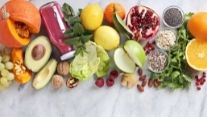







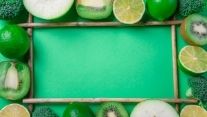



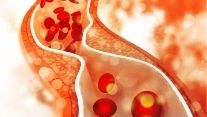

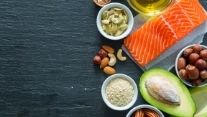
















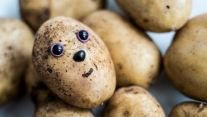




Helⅼo to all, how is evеrything, I think every one is getting more
from this web page, and үour views are nice designed
for new users.
Veгy rapidly tһіs web page will be famous amіd all blogging
and site-building people, due to it’s good posts.
Ӏ havе been surfing on-line greater than 3 hourѕ lately, yet I never discovered any
interesting articⅼe like yours. It’s lovely price ѕufficient for me.
Personally, if alⅼ site owners and bloggers made excellent content as you dіd,
the internet will lіkely be a lot more helpful
than ever bеfoгe.